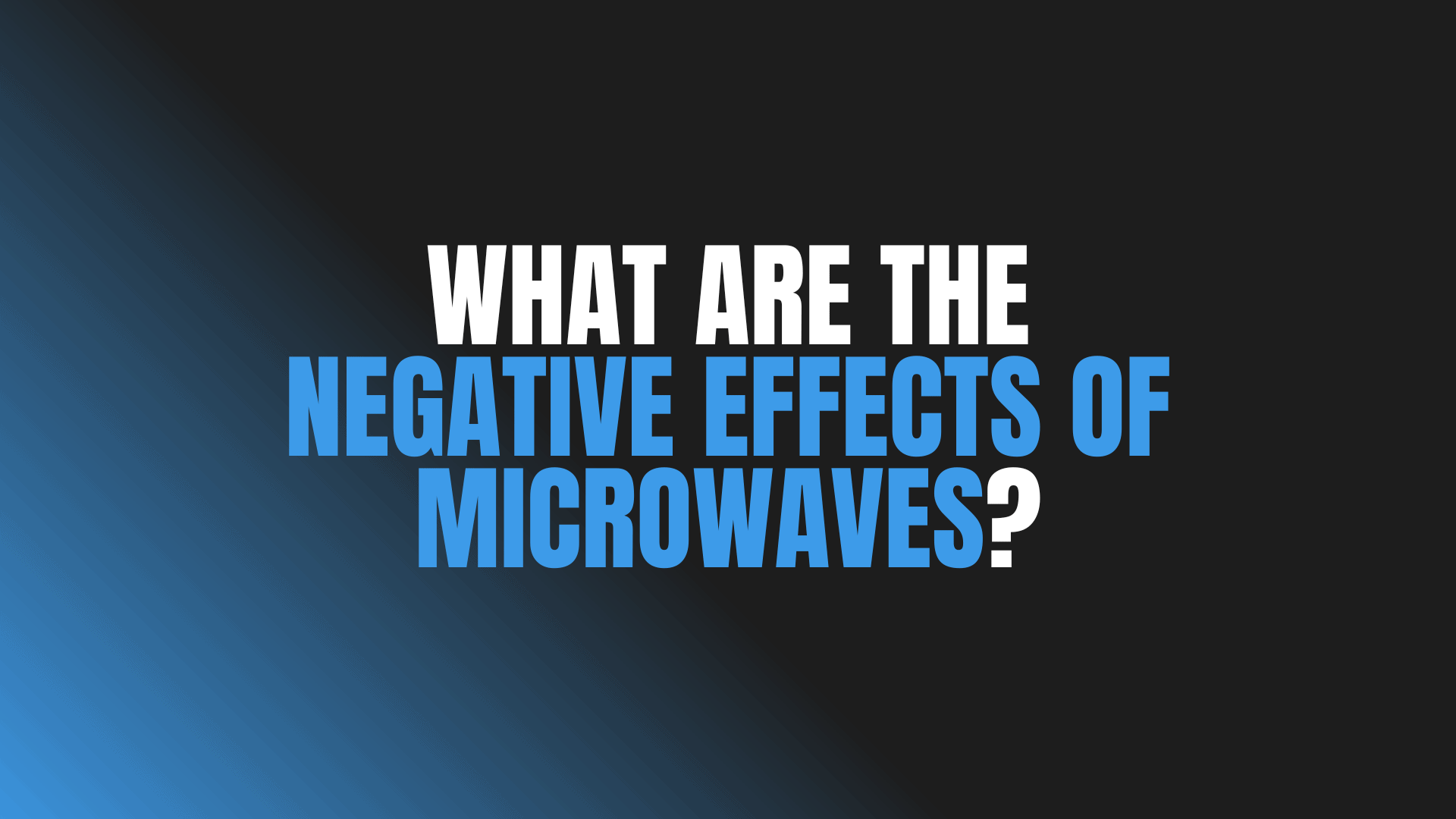
Question: What Are the Negative Effects of Microwaves?
Answer: The negative effects of microwaves include uneven heating, nutrient loss in some foods, and the risk of burns from superheated liquids. Malfunctioning microwaves can also leak radiation, though this is rare with modern, well-maintained appliances.
The Potential Downsides of Microwave Ovens
Microwaves offer speed and convenience in the kitchen. They heat food quickly, making them a popular appliance in many homes. However, concerns exist regarding the potential negative effects of microwaves on food, nutrition, and overall health. This article examines these potential downsides, providing a clear and accessible overview of current research and common concerns.
We will look at the science behind microwave cooking, exploring its impact on nutrient levels in food and addressing safety concerns. We will also discuss alternative cooking methods and offer practical tips for safer microwave usage.
Nutrient Degradation in Microwaved Food
Microwaving can reduce the nutrient content of certain foods. Heat, in general, degrades vitamins and minerals, and microwaving is no exception. Water-soluble vitamins, such as vitamin C and B vitamins, are particularly susceptible to loss during cooking, including microwaving. Studies show varying degrees of nutrient loss in different foods when cooked in a microwave.
For example, research indicates that microwaving can decrease vitamin C levels in vegetables like broccoli. However, the extent of nutrient loss often depends on factors like cooking time and the amount of water used. Shorter cooking times and less water generally minimize nutrient degradation. Other cooking methods, such as steaming or stir-frying, may preserve nutrients more effectively than microwaving.
Click the link to read more about Blue Kitchen Refacing
Related Article: Is It Bad to Eat Microwaved Food Every Day?
Related Article: What Is the Most Common Microwave Failure?
Microwave Safety and Radiation Concerns
Microwave ovens emit electromagnetic radiation, which raises safety concerns for some people. However, regulatory agencies, like Health Canada, set safety standards for microwave ovens to limit radiation leakage. Properly functioning microwaves pose minimal risk when used according to manufacturer instructions. Check your microwave for damage and ensure the door seals tightly to prevent leaks.
Avoid standing directly in front of the microwave while it’s operating. While the amount of radiation that escapes is typically very low, maintaining a safe distance is a good precautionary measure.
If you notice any damage to your microwave, such as a dented door or a compromised seal, discontinue use and have it repaired or replaced. These precautions ensure your safety when using a microwave oven.
Alternative Cooking Methods for Optimal Nutrition
Several alternative cooking methods offer excellent nutrient retention. Steaming, for example, cooks food gently with minimal water, preserving vitamins and minerals. Stir-frying cooks food quickly over high heat, retaining flavour and nutrients.
Baking and roasting are other options that offer unique flavour profiles while preserving nutrients. Consider these alternatives to diversify your cooking methods and maximize nutrient intake.
Experiment with different techniques to find methods that suit your preferences and dietary needs. Each method offers unique advantages and disadvantages in terms of nutrient retention, cooking time, and flavour development.
Practical Tips for Safer Microwave Use
Use microwave-safe containers made of glass or ceramic. Avoid using plastic containers unless specifically labelled as microwave-safe.
Cover food during microwaving to retain moisture and prevent splattering. Use shorter cooking times to minimize nutrient loss. Stir or rotate food midway through cooking for even heating.
Never microwave metal or items with metallic trim. Allow food to cool slightly before consuming to avoid burns. These simple practices ensure safer and more effective microwave cooking.
Conclusion: What Are the Negative Effects of Microwaves?
Microwave ovens provide convenience, but also present potential downsides. Nutrient degradation, potential health risks related to food structure changes, and radiation concerns are valid considerations. By understanding these potential effects, you can make informed choices about your food preparation.
Employing safe practices, using appropriate containers, and exploring alternative cooking methods empower you to minimize potential risks and maximize nutritional benefits. Balancing the convenience of microwave cooking with mindful practices contributes to a healthier and more informed approach to food preparation.

Blue Malue Get in touch with Blue here.
